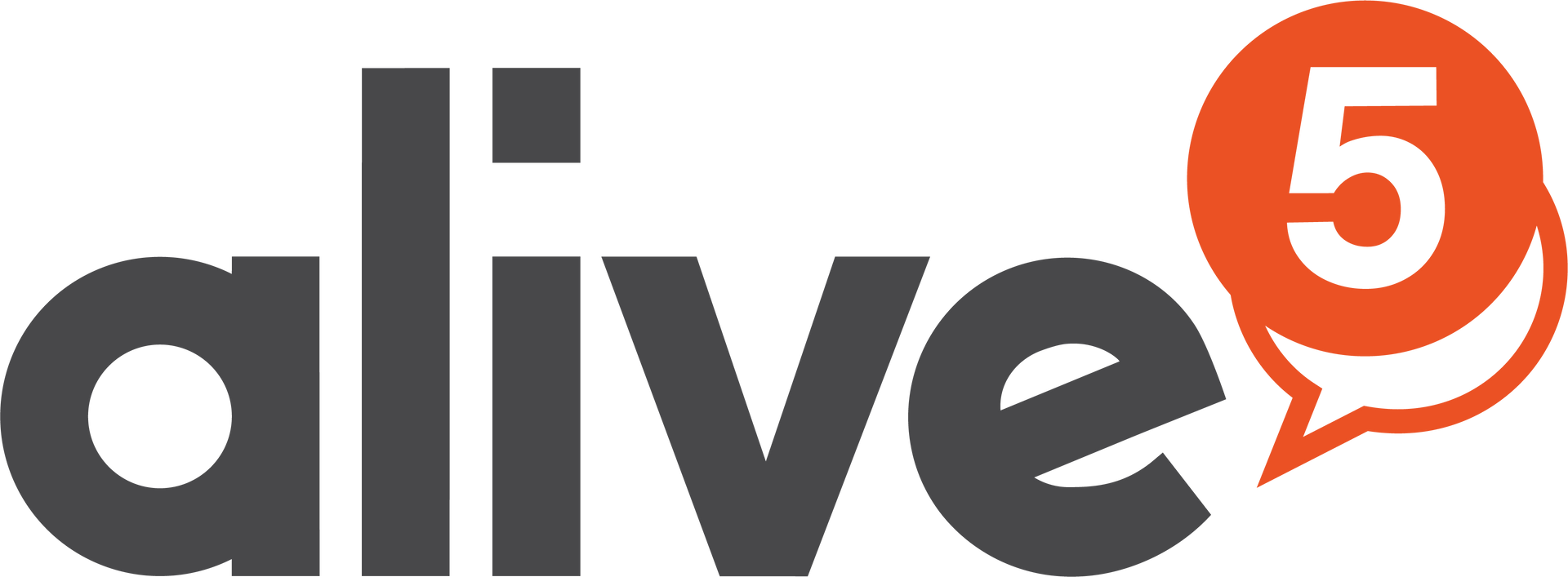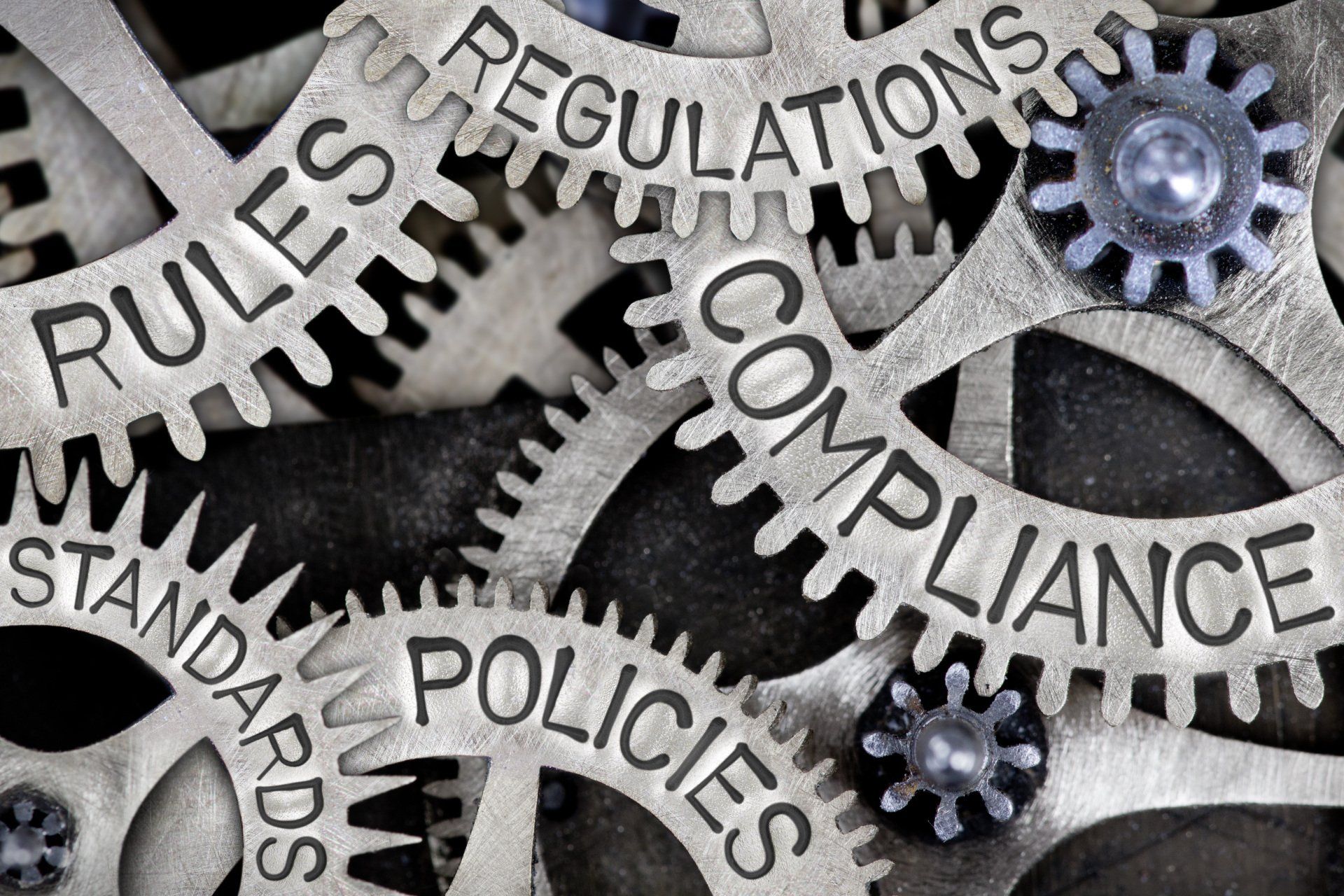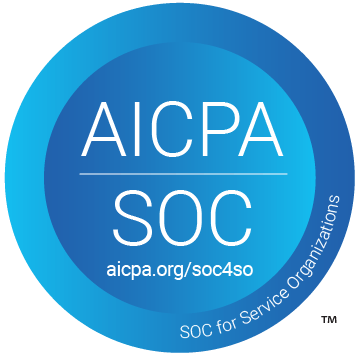Looking for a ZipWhip replacement? Learn more
Shifts in College Enrollment Post-Covid
College Enrollment Post-Covid is Down Dramatically from Pre-Covid Levels
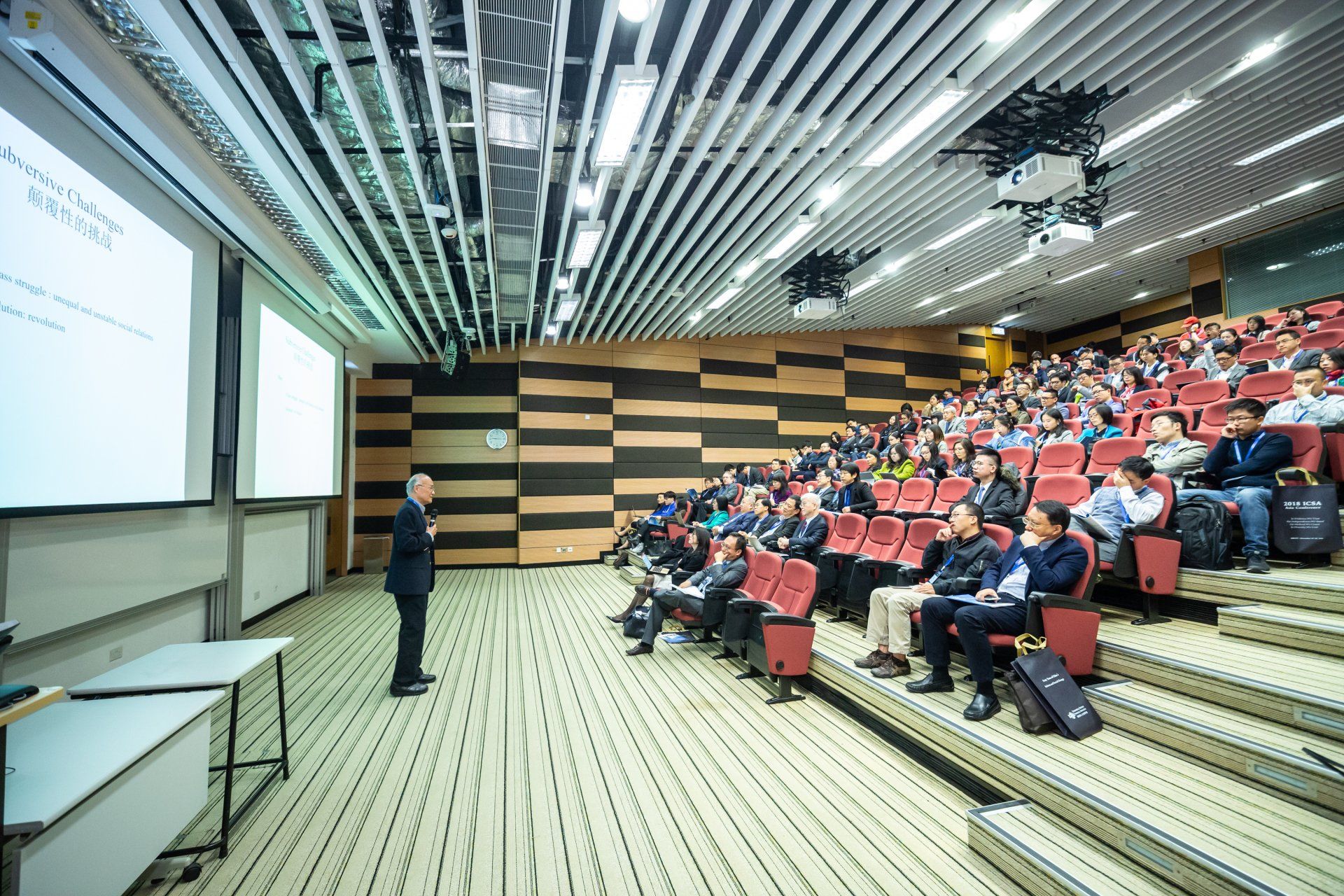
In 2022, in all educational sectors, college enrollment was down 4.1%, and community colleges were hit even harder with a drop of 7.8% (Center, 2022). In spring of 2022, enrollment in public institutions were down 5%, and freshman enrollment was down 7.9% (Center, 2022).
4.1% 🔻
college enrollment (all edu sectors)
7.8% 🔻
in community colleges
What is driving this change? Even after the chaos that Covid caused in colleges and universities across the world, the perceived value of a college degree seems to be declining (Saul, 2022).
Is a College Degree Really Worth It?
Students are questioning whether a college degree is really the ticket to a good-paying job and entry into the middle class. Doug Shapiro, the National Clearinghouse Research Center’s executive director, who conducted the study, said, “That suggests it’s more than just the pandemic to me; it’s more than just low-income communities that are primarily served by community colleges,” Dr. Shapiro said during a conference call with reporters.
“It suggests that there’s a broader question about the value of college and particularly concerns about student debt and paying for college and potential labor market returns” (Saul, 2022).
He said that students may be looking at jobs that require a college degree as equally, or even less attractive than, career paths do not require the degree (Saul, 2022).
Even before the pandemic, however, college admissions were dropping, partially due to age demographic changes and the American population growing older and out of traditional college-age, to concerns about mounting student debt, to an intense immigration debate that kept international students out of US universities (Saul, 2022).
Attitudes about higher education’s value, and concern with college costs continue to plague students and cause them to not attend college, however, this concern seems inconsistent with the drop in community college attendance and state college attendance, which is cheaper than elite private schools, which have not seen the same drop in attendance that public schools have.
🐘 in the Room: Student Debt
Student debt is a big reason students are choosing to stay out of college (Marcue, 2021). Students identify high interest rates and difficulty in achieving loan forgiveness as two barriers to applying for student loans, and therefore, may choose career paths that don’t require a college degree (Marcue, 2021), and some students report that money spent on education is not a good financial decision and the monetary benefits of attending school is not worth it, even while acknowledging that a college education gave them more career opportunities (Marcue, 2021).
Student loan amounts can reach over 46% of take-home income after beginning the first job after college (Marcue, 2021). A strong market for skilled labor, with an unprecedented lack of workers, increasing pay and training opportunities (2022 Trends for Skilled Labor, 2022.) is also compounding the attendance problem. Students now have opportunities to learn high-paying trades that don’t require a college degree, or college debt.
The Wide Availability of Career Choices Due to Labor Shortages
In addition to the lack of confidence that college is “worth it,” and enormous student debt accumulated upon graduation, the wide availability of career choices that don’t require a college degree is the most visible significant factor to the decrease in college attendance.
Labor shortages from the past years have accelerated even more due to the pandemic. The labor shortage will continue to be a significant challenge for businesses - a major benefit to skilled trade workers, whose skills are in high demand.
Another component that has added to labor shortages is vaccine mandates and OSHA regulations, which motivate some workers to remain at home or be more selective about their jobs.
Reversing the Trend
With new options for attending school, such a wider availability of programs geared towards adult students and online classes, as Covid becomes normalized and campuses re-open, the downward trend may lose a bit of steam and even begin to reverse, the fundamental problems of student debt, a strong market for skilled labor, and doubt about college’s worth, will persist, and will continue to keep admissions lower than they were a decade ago.
Why Student Engagement 💬 Should Be a Top Priority
Whether it’s during the admissions process, orientation, or enhancing on-campus student experience, our core belief is that the more conversations and touch points you have, the more opportunities are generated for students and the university. For the Post-Covid era this is a critical piece to capture as many new enrollments and prevent as many drop outs as possible.
To cast a wider net, Alive5 establishes online and offline “engagement points” where students can interact with the university via their preferred communication channel - whether it’s web chat, SMS, social media, or even a QR code. With a multichannel approach to messaging, Alive5 meets students where it’s most convenient for them to connect.
As a final step, providing 24/7 automation and human assistance will further attract students to things that offer "instant gratification" and satisfying feedback loops. As a result, you'll capture a broader pool of students and increase your chances of finding qualified applicants and keeping students engaged throughout their attendance.
The Alive5 Student Engagement Formula:
Multi-Channel x Automation →
More Conversations & Engagement →
More Successful Student Experience
Alive5 empowers admissions, financial aid, and internal departments with a “Marketing Mindset” and an easy-to-use conversational engagement toolkit to apply anywhere on or off campus to better connect with students.
See how Alive5 helped American University deploy a student chatbot assistant during the Pandemic: https://vimeo.com/686041138
To learn more about Alive5, book a demo today.
References:
- 2022 Trends for Skilled Labor. (n.d.). Retrieved July 24, 2022, from https://resources.skillwork.com/8-trends-for-skilled-labor-in-2022.
- Center, N. R. (2022, May 26). Current Term Enrollment Estimates. National Student Clearinghouse Research Center. https://nscresearchcenter.org/current-term-enrollment-estimates/.
- Marcue, B. (2021). They borrowed money to pay for college. Here’s what they would change about student loans.
- Saul, Stephanie. (2022). College Enrollment Drops, Even as the Pandemic’s Effects Ebb. New York Times.
💡 To see how Alive5 can help your organization today, book a demo with us.







